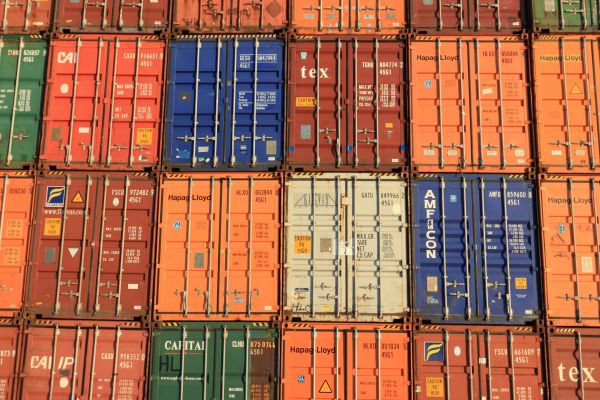Shipping Screen Printing Ink from Guangzhou/Shenzhen to Boston, MA (Port of Boston)
1. Shipping Options: FCL and LCL
There are two primary shipping methods for transporting goods by sea: Full Container Load (FCL) and Less than Container Load (LCL). Each has its own advantages depending on the volume of goods and the timeline of delivery.
FCL (Full Container Load): If the shipment is large enough to fill an entire 20ft or 40ft container, FCL shipping is the most cost-effective and secure option. For this shipment, you can choose either a 20ft or 40ft container, depending on the volume of the screen printing ink. The cargo will be loaded and sealed in the container at the origin and shipped directly to the Port of Boston.
- 20ft Container: Suitable for smaller shipments, typically holding around 28 cubic meters of cargo.
- 40ft Container: Ideal for larger shipments, offering around 56 cubic meters of space.
LCL (Less than Container Load): For shipments that do not require a full container, LCL is a more affordable option. The cargo will be consolidated with other shipments in the same container, and it will be shipped to the port before being deconsolidated and delivered to the destination.
Estimated Sea Transit Time:
- The shipping transit time for both FCL and LCL shipments from Guangzhou or Shenzhen to the Port of Boston is typically around 30 days. This can vary depending on weather conditions and port congestion.
2. Cargo Documentation and Customs Clearance
When shipping screen printing ink, it is important to ensure all necessary documentation is in order. The most common documents for this type of shipment include:
- Bill of Lading: Proof of shipment and cargo ownership.
- Commercial Invoice: A detailed description of the goods, including their value.
- Packing List: Information on how the cargo is packed and the total number of packages.
- Certificate of Origin: Specifies the origin of the goods and is often required for customs clearance.
- Material Safety Data Sheet (MSDS): This is especially important for chemical goods like screen printing ink. It provides safety information about the product, including handling, storage, and emergency procedures.

3. Packaging for Shipping Screen Printing Ink
Proper packaging is essential to protect the screen printing ink during transit and to ensure compliance with international shipping regulations. Here are some guidelines for packaging this type of cargo:
Sealed Containers: The ink should be stored in sealed, durable containers such as plastic or metal drums, or specialized buckets. These containers should be tightly sealed to prevent leakage or contamination.
Leak-Proof Bags: In addition to the containers, it’s recommended to place the ink in leak-proof bags or plastic liners inside the drums to provide an extra layer of protection.
Palletizing: For easier handling, the containers of ink should be palletized and wrapped with stretch film. This ensures that the cargo remains stable during loading, unloading, and transportation.
Labeling: The packaging should be clearly labeled with the necessary details, including the contents (screen printing ink), handling instructions, and any relevant safety information. Labels should include hazard warnings if the ink contains any flammable or toxic materials.
Ventilation and Temperature Control: Since screen printing inks may be sensitive to temperature extremes, it is advisable to ensure that the cargo is properly ventilated during transport, especially if the shipment involves prolonged transit times. For temperature-sensitive products, using reefers (refrigerated containers) may be necessary, though this is generally not required for screen printing inks unless specified by the manufacturer.
4. CIF (Cost, Insurance, Freight) Shipping
When opting for CIF (Cost, Insurance, and Freight) shipping terms, the seller is responsible for covering the costs of transportation and insurance until the goods arrive at the Port of Boston. This includes:
- Freight Costs: The cost of sea freight from China to the USA.
- Insurance: Insurance to cover potential risks during transit, such as damage or loss.
- Port Charges: Fees for unloading the cargo at the destination port.
With CIF, the buyer only needs to cover the costs from the Port of Boston to the final destination, such as delivery to their warehouse or business.



